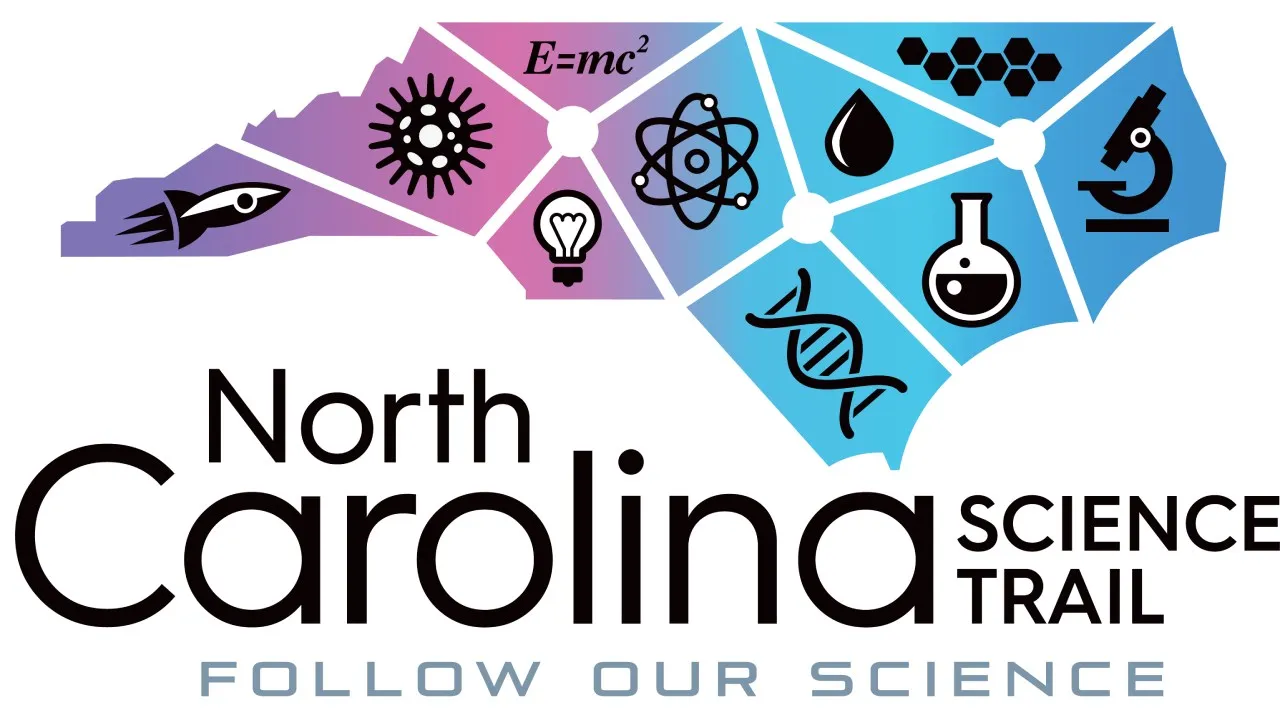Whirligigs and Innovation: NC State Engineering Students Bring Science to the Park
February 26, 2025 | NC Science Trail
Last week was Engineers Week. Also known as EWeek, this week of engineering celebration was established in 1951 by the National Society of Engineers with a goal of ensuring a “diverse and well-educated future engineering workforce.” Engineering is, of course, the “E” in STEM and it is still a goal to help create a diverse and well-educated future workforce, not just in Engineering, but in all of the STEM fields of Science, Technology, Engineering, and Mathematics. I think it was incredibly insightful of the Engineering Society to recognize the importance of promoting workforce development in Engineering in 1951.
We know how important engineering is to our society when we think about buildings and bridges, but what other ways does engineering make our lives better? How can engineering knowledge help us to monitor, protect, and improve things in our everyday lives? Have you ever thought about how engineering is making a difference in your hometown right now? Here on the NC Science Trail, we celebrate the power of engineering everyday, and we’d like to thank our partners at the Vollis Simpson Whirligig Park for sharing the information below on a new engineering project designed to help protect Wilson, North Carolina’s most beloved artform – the whirligigs.

At Vollis Simpson Whirligig Park, art and science are coming together in an exciting new way. A team of electrical and computer engineering students from North Carolina State University is partnering with the park and RIoT to bring cutting-edge technology to one of Vollis’ iconic kinetic sculptures. Their goal? To study how wind powers the whirligigs and to create a system that can help monitor the health of these beloved artworks for years to come.
Bringing Science to the Whirligigs
The students will install sensors on BBB Blue Star, one of the largest whirligigs in the park, standing 35 feet tall. These sensors will measure factors like tilt, vibration, and rotation speed to gather data on how efficiently the sculpture moves in the wind. By collecting this information, the team hopes to provide valuable insights into how the whirligigs interact with their environment.
How It Works
The project involves three key sensors:
- Tilt Sensor – Detects any shifts in the whirligig’s position.
- Vibration Sensor – Measures any unusual movement that might indicate a need for maintenance.
- Rotation Sensor – Uses magnets and a magnetic field detector to track how fast the whirligig spins.
The data collected will be sent via radio signals to a central computer in the Vollis Simpson Whirligig Park Museum and Gift Shop, where it can be monitored and analyzed. This system could help conservationists by acting as an early warning system—if a whirligig starts vibrating too much, for example, they’ll know to check it for potential issues.

A Learning Opportunity for All
This project isn’t just about science; it’s also about education. Once the sensors are fully operational, the data will be displayed on the park’s website, allowing anyone—from students to visitors—to explore real-time information about how the whirligigs move. A dedicated page for the NC State students and their research is being created and will be linked here once available: [NC State Whirligig Data Page – Coming Soon]. This will open the door for new learning experiences, sparking curiosity in engineering, physics, and environmental science.
This exciting collaboration was made possible through NC State’s Senior Design Program in the Department of Electrical and Computer Engineering. The program challenges students to apply their technical skills to real-world problems, and Vollis Simpson Whirligig Park was chosen as one of the projects to tackle. To learn more about the program, visit NC State Senior Design Program.

Why Now?
Recent changes in Wilson’s downtown landscape, including the demolition of Farmers Warehouse, have affected wind patterns around the park. The construction of a new downtown baseball stadium nearby will further alter how the wind moves through the space. By collecting data before and after the stadium’s completion, researchers will gain valuable insight into how these environmental changes impact the whirligigs.
The Future of Whirligig Science
This partnership is just the beginning. The students plan to test the sensors on smaller whirligigs at NC State before installing them at the park. By May, the sensors should be up and running on BBB Blue Star, providing valuable information for both conservation and education.
Through this collaboration, Vollis Simpson Whirligig Park continues to evolve—not just as a home for art, but as a place where innovation and creativity thrive. With the help of technology and bright young minds, the whirligigs are spinning into the future!

